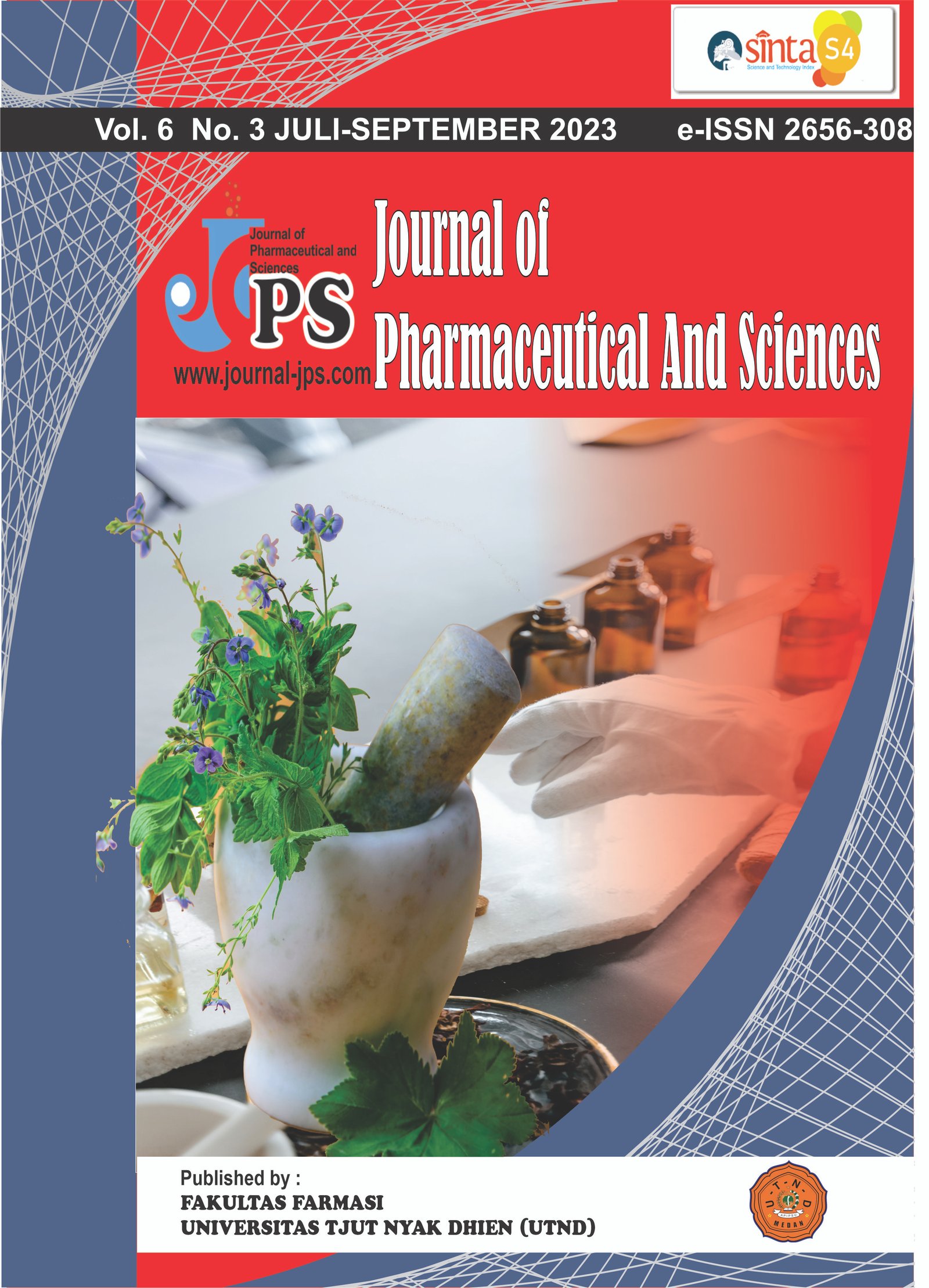Article review: effectiveness of using phototherapy on allergic rinitis in pregnant women
Main Article Content
Page: 1214-1220
Abstract
Rhinitis is an inflammation of the mucous membrane of the nose that affects millions of people worldwide. Although there has been much research and development related to the management of rhinitis, there are still challenges in achieving effective treatment and optimal symptom control. The purpose of writing this article is to achieve effective treatment and optimal control of rhinitis symptoms. The writing method used is literature review by collecting primary references from international journals published in the last 10 years (2013-2023). Referrals are selected through the pubMed database with relevant keywords. The results and discussion of this study include information on allergic rhinitis, rhinitis of pregnancy, hormonal changes during pregnancy, and commonly used medications. In the treatment of gestational rhinitis, the use of phototherapy can be the right choice. Based on articles that have been reviewed, it shows that treatment with phototherapy is more effective in overcoming the symptoms of allergic rhinitis. Phototherapy has a good effect on immunosuppressants and immunomodulators that can suppress the body's immune activity and also relieve inflammation.
Downloads
Article Details

This work is licensed under a Creative Commons Attribution-NonCommercial-ShareAlike 4.0 International License.
References
Akkoca AN, Özler GS, Kurt RK, Karapınar OS, Özdemir ZT, Yanık S. (2014) Ear, nose and throat changes observed during three trimesters of pregnancy. Scien J Clin Med ;3(3):52-6.
Beard, S. (2014). Rhinitis. Primary Care: Clinics in Office Practice, 41(1), 33–46.
Bonds RS, Midoro-Horiuti T. (2013) Estrogen effects in allergy and asthma. 13(1):92-9.
Katarzyna, K., Iwona, W. (2017) Association of Estrogen-Related Traits with Allergic Rhinitis ;968:71-78.
Costa TMR, Carneiro FM, Oliveira KAS, Souza MFB, Avelino MAG, Wastowski IJ. (2021) Rhinophototherapy, an alternative treatment of allergic rhinitis: Systematic review and meta-analysis. Braz J Otorhinolaryngol ;87(6):742-752. doi: 10.1016/j.bjorl.2020.12.016. PMID: 33663975; PMCID: PMC9422690.
Semantonyte J., Bajouriene I., Satkauskiene B.(2018) Pengaruh fototerapi intranasal pada kualitas hidup pasien dengan rinitis alergi. Dalam: Abstrak dari Kongres Akademi Alergi dan Imunologi Klinis Eropa, 26-30 Mei 2018, Munich, Jerman. Klinik Transl Alergi; 73 Supl 105 :3–859.
Pinheiro ALB, Almeida P.Fde (2017) Soares LGP In: Biotecnologia Aplicada à Agro & Indústria-vol 4. Resende RR, editor.Blucher; São Paulo, SP: Fundamental principles of lasers and their applications; hlm. 815-894.
Alyasin S., Nabavizadeh SH, Houshmand H., Esmaeilzadeh H., Jelodar S., Amin R. (2016) Short time efficiency of rhinophototherapy in management of patients with allergic rhinitis resistant to medical therapy. Iran J Alergi Asma Immunol; 15 :317–327
Lee HM, Park MS, Park IH, Lee SH, Lee SK, Kim KS, dkk. (2013) A comparative pilot study of symptom improvement before and after phototherapy in Korean patients with perennial allergic rhinitis. Photochem Photobiol vol. 89 :751–757.
Albu S., & Baschir S. (2013) Intranasal phototherapy versus azelastine in the treatment of seasonal allergic rhinitis. Laring Auris Nasus. vol. 40 :447–451.
Cho H.K., Jeong Y.M., Lee H.S., Lee Y.J., Hwang S.H. (2015) Efficacy of endonasal phototherapy for relieving the symptoms of allergic rhinitis: meta-analysis. Am J Rhinol Allerg;29:283–291.
Lal D., Jategaonkar A.A., Borish L., Chambliss L.R., Gnagi S.H., Hwang P.H., Rank M.A., Stankiewicz J.A., Lund V.J (2016) Management of rhinosinusitis during pregnancy: systematic review and expert panel recommendations. Rhinology. 54(2): 99–104. doi:10.4193/Rhin15.228.





